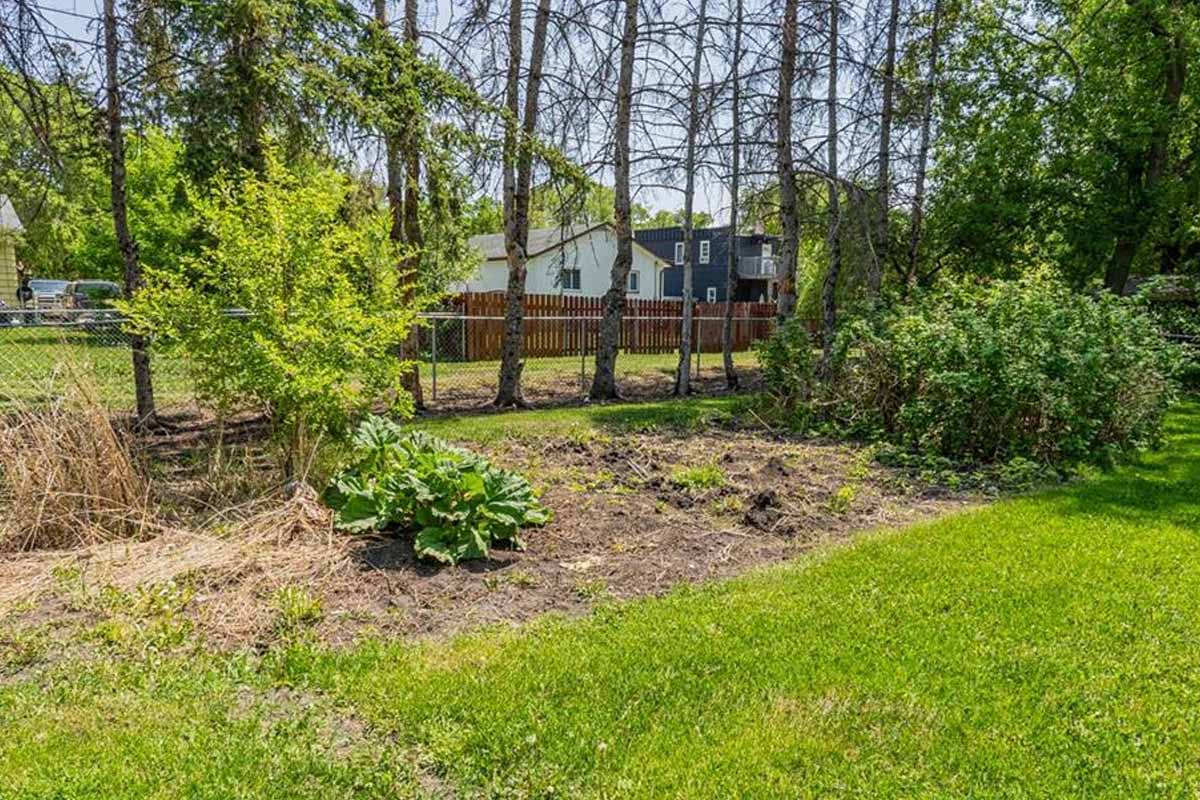A simple swap sparked something bigger than tidy yards. One neighbor saved time raking, while another gained rich mulch that jump-started a native bed. The shared leaves blanketed a strip of turf, setting up a clean break from routine mowing and heavy watering. The lawn still looks ordinary at first glance, yet the soil now changes under the surface. That quiet shift, fueled by teamwork, points toward a more resilient, low-cost, and wildlife-friendly way to garden.
From leaves to lasting habitat: how a ditch became a start
Layered mulch shuts down weeds by blocking light, then turns into food for soil life. The neighbors pooled fallen leaves, then spread them thick across a roadside ditch that once demanded mowing. The plan aimed at a clean reset, because less energy spent today means less upkeep tomorrow on the same ground.
The approach riffs on “lasagna gardening,” often called sheet mulching, which can include cardboard as a base. Cardboard slows regrowth, while leaves, pine straw, or grass clippings build a breathable cover. The method stays simple, yet it starves roots, softens compacted patches, and supports worms, fungi, and microbes that rebuild the bed.
A single choice reframes maintenance and cost, since the strip no longer needs weekly clipping. The neighbors also cut waste, because raked leaves became material, not trash. That turn helps a lawn transition toward something tougher, as the mulch settles and creates space for regionally adapted plants.
How sheet mulching transforms a lawn with simple layers
Smothering works in two stages, and both help beginners. First, the cover blocks photosynthesis, so remaining turf gives up without herbicides. Next, time and moisture drive decomposition, and the mat compresses into dark, crumbly material that future roots love, because nutrients and structure build together.
Gardeners often ask about thickness, and consistent coverage matters most. A breathable stack of shredded leaves resists wind and breaks down faster. People add water so layers settle, then refresh with another pass where green tufts peek through. The process stays forgiving, since one more layer usually fixes gaps.
Native replacements follow, since adapted species handle local rain and heat. Many choose clover for quick cover and nitrogen, while others mix buffalo grass where the zone fits. Beds then host bloom cycles that feed bees and butterflies. Costs drop as the lawn stops demanding constant irrigation, fertilizer, and weekend hours.
Practical wins, common pitfalls, and pollinator payoffs
Time savings arrive early, because mowing ends on day one. Neighbors also avoid herbicide overspray, which helps pets and kids. People gain flexibility, since a covered zone waits patiently for planting. The mulch keeps working during the pause, while microbes loosen soil and turn brittle thatch into compost.
Two mistakes show up often, and both are easy to avoid. Thin coverage lets light reach roots, so grass returns quickly. Plastic sheeting also tempts some people, yet it traps heat and water in all the wrong ways. A living mat breathes better, and it degrades cleanly into soil.
Pollinators need continuous bloom, and native beds meet that need. Habitat shrank under pesticides, fragmentation, and invasive species that crowd nectar sources. Climate swings also stress food webs, since rainfall and temperature now shift more. A rebuilt strip supports insects first, then birds follow. That chain strengthens when a lawn gives ground to flowers.
What the numbers say about a native lawn shift
Interest keeps growing, although many yards still favor short turf. According to a joint survey by the National Wildlife Federation and National Gardening Association, 17% of U.S. adults bought plants native to their region. That share sets a baseline, while awareness, cost, and local supply shape what happens next.
The same research found 12% of American adults converting parts of their yard to natural or wild landscapes. Another 28% adopted sustainable practices, including organic methods or wildlife-friendly choices. Those percentages show momentum, because small slices add up quickly across neighborhoods, and shared examples reduce hesitation for first-timers.
People also respond to practical wins, since native beds cut water demand and trim bills. Mowers rest longer, fuel use drops, and weekend noise fades. A neighbor’s success travels fast on blocks and online. One comment captured that spirit clearly: “This was an awesome collaboration with you and your neighbors!” The quote fits a lawn turning into habitat.
Maintaining momentum : community tips, savings, and next steps
Experienced gardeners offered one crisp pointer that saves effort. “Mulch it in place. It will form a nice mat and break down faster for the impending garden bed.” That advice travels well, since shredding leaves on-site speeds decay and locks in moisture, while the mat suppresses stubborn regrowth for weeks.
After the cover settles, people spot where roots still push through. Another thin layer usually fixes those seams, because darkness slows recovery. Planting then starts with tough, regionally adapted picks, and clover fills spaces while other natives establish. Regular edging defines the bed, and neighbors read that tidy line as care.
Water lightly at first so the new roots chase depth, and pull invasives early. Keep some leaf litter, since beneficial insects overwinter there, then return with spring bloom. Savings build as irrigation shrinks and fertilizer stops. The shift reshapes a lawn budget, while the block gains color, texture, and a steadier buzz of life.
A shared path that turns routine yard work into long-term gains
The ditch now holds more than mulch, because cooperation turned waste into value, then value into habitat. Costs eased while soil improved, and pollinators gained a safe corridor. The model scales, since every block has leaves to share and hands to help. A lawn can change quietly, yet the benefits carry far.
